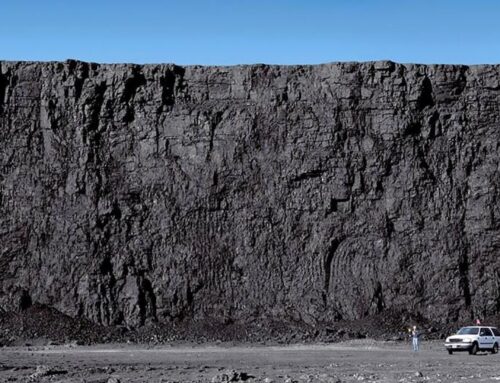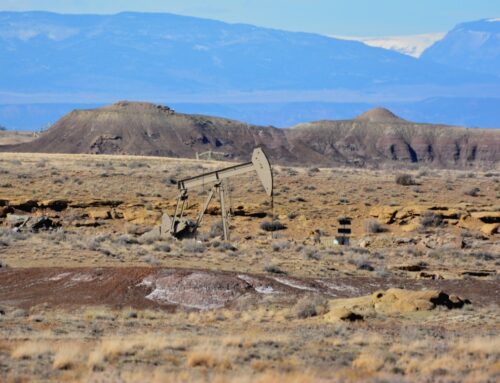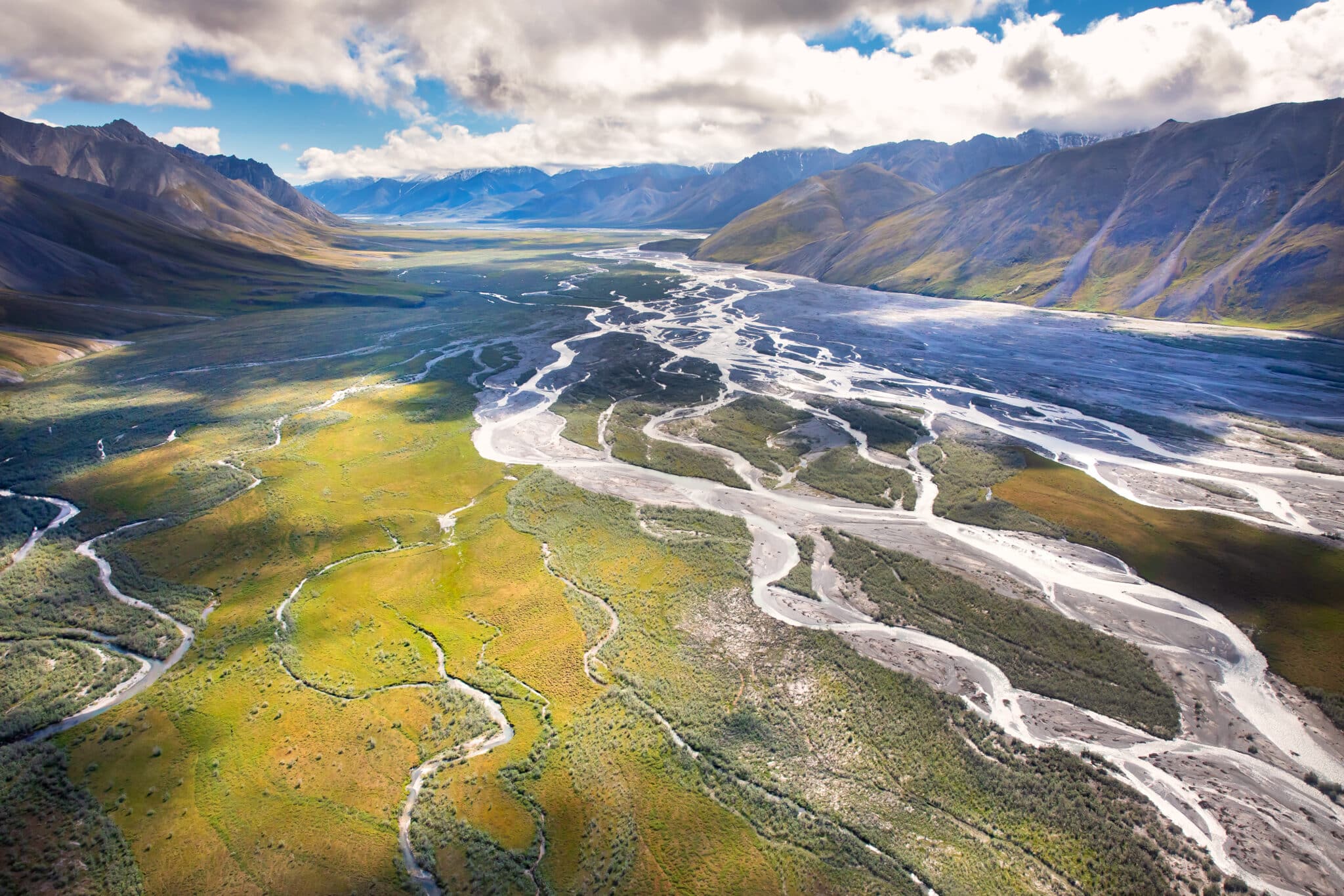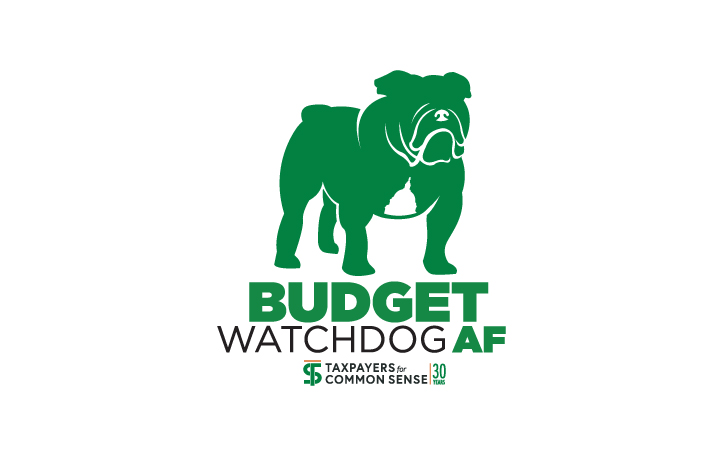On November 18, the House passed a Congressional Review Act (CRA) joint resolution repealing the oil and gas development plan for the National Petroleum Reserve in Alaska (NPR-A) issued in 2022. The 2022 plan allowed leasing across up to 52% of the NPR-A for oil and gas exploration, reinstated protections for special and sensitive areas, and replaced a 2020 plan that opened up to 82% of the NPR-A for oil and gas leasing.
The House vote follows the Senate's action in late October to repeal the 2022 plan. With both chambers now clearing the CRA and the President preparing to sign it, the Bureau of Land Management (BLM) within the Department of the Interior (DOI) is effectively barred from issuing any similar development plans for the Reserve going forward.
The repeal doubles down on an agenda to expand leasing in the Western Arctic, including the newly mandated lease sales in the One Big Beautiful Bill Act (OBBBA). OBBBA requires BLM to hold five new oil and gas lease sales in NPR-A of at least four million acres each, spaced every other year within ten years of enactment. It also directs the Secretary of the Interior to "expeditiously restore and resume oil and gas lease sales" under the 2020 development plan.
Early in his second term, President Trump signed an executive order rescinding BLM's May 2024 final rule Management and Protection of the National Petroleum Reserve in Alaska, which implemented key elements of the 2022 plan, including stronger protections of designated areas within the Reserve. The order also nullified any BLM guidance related to the protection of subsistence resources in existing and proposed special areas. On November 17, the day before the House CRA vote, BLM issued a final rule formally rescinding the 2024 rule.
This pattern of parallel administrative and legislative action to repeal taxpayer protections while opening more federal land to oil and gas leasing has become routine. Congress used the same playbook to overturn the 2024 oil and gas development plan for the Coastal Plain of the Arctic National Wildlife Refuge (ANWR) and revert to the 2020 plan there, even after the Administration had already rolled back the 2024 plan through executive action.
Oil and Gas Development in National Petroleum Reserve in Alaska
The NPR-A is a 23-million-acre area in northern Alaska owned by the federal government and administered by BLM. The Naval Petroleum Reserves Production Act (NPRPA) of 1976 authorized commercial oil and gas development in NPR-A. The law also identified the Utukok River and Teshekpuk Lake areas as having significant ecological, recreational, historical, and scenic values and required that any oil and gas exploration and development in these areas protect those values. NPRPA also authorizes DOI to designate additional Special Areas with significant surface values; five have been designated to date.
The 2024 rule "Management and Protection of the National Petroleum Reserve in Alaska" tightened protections of surface resources and Special Areas in the NPR-A, strengthened mitigation requirements for oil and gas activity, and incorporated key elements of the 2022 development plan.
Unfortunately for taxpayers, the push for more oil and gas leasing runs counter to economic reality. Over ten years of lease sales from 2009 to 2019, parcels in the NPR-A drew little industry interest. Average bids came in at $6.70 per acre, compared to a national onshore average of roughly $26 per acre, and far fewer parcels received bids at all. As with the Coastal Plain of the Refuge, overturning the 2022 NPR-A development plan and reverting to the 2020 plan delivers little value for taxpayers. Instead, it increases the likelihood of future financial liabilities tied to drilling in a sensitive area while generating minimal revenue from oil and gas leasing.
- USGS, Public Domain, David W. Houseknecht










